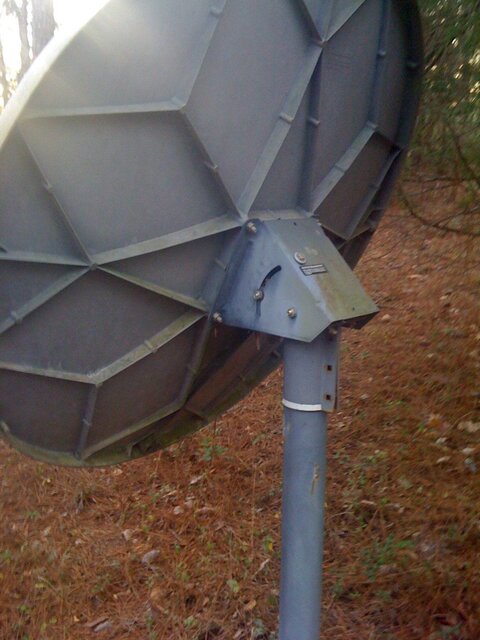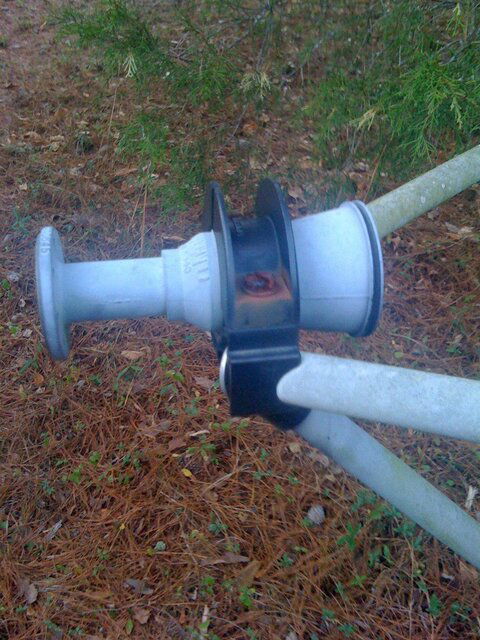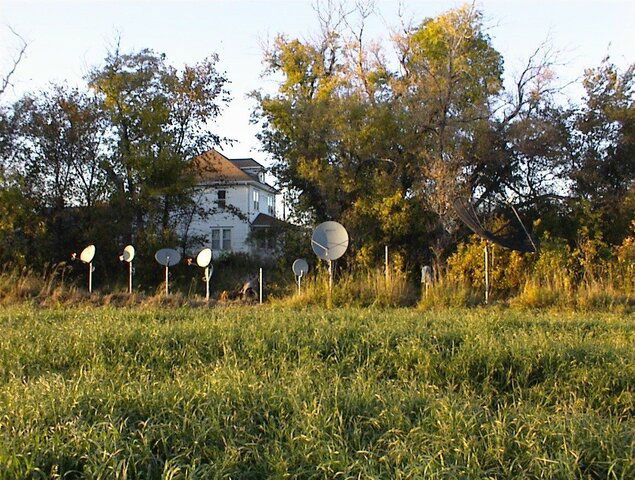A lot of power is lost by the time the compressed, digital signal travels back from a satellite 22,300 miles out over the equator. A dish is a reflector and serves as a passive amplifier - the first stage of amplification. The signal that hits the dish is reflected to the LNBF has by far the most gain compared to which the Lnb amplification is almost insignificant. The LNB prime function is to prescale down from the 12 GHz range to 950 - 2,000 MHz so that the downconverted signal can then be run through a high quality RG-6 coaxial cable with little loss into the satellite receiver. There are two primary factors in the LNB to bring in the best audio/video. Noise Temperature, which is measured in degrees Kelvin and amplification, or gain, which is measured in Decibels and calculated logarithmically. High gain is of no value unless the noise temperature is very low. Although they try to make every part perfect, nothing is ever perfect. There are many component parts in an LNB and all have plus or minus tolerances, so there can be big differences in the audio/video quality you see.
Effectively my view is the most important component is the dish size and quality cable. Of all the LNBs I have tested the differences are not as great as their prices might suggest. In fact one of the greater assets of LNBs is their ability to duplex and combine linear and circular.
Effectively my view is the most important component is the dish size and quality cable. Of all the LNBs I have tested the differences are not as great as their prices might suggest. In fact one of the greater assets of LNBs is their ability to duplex and combine linear and circular.





